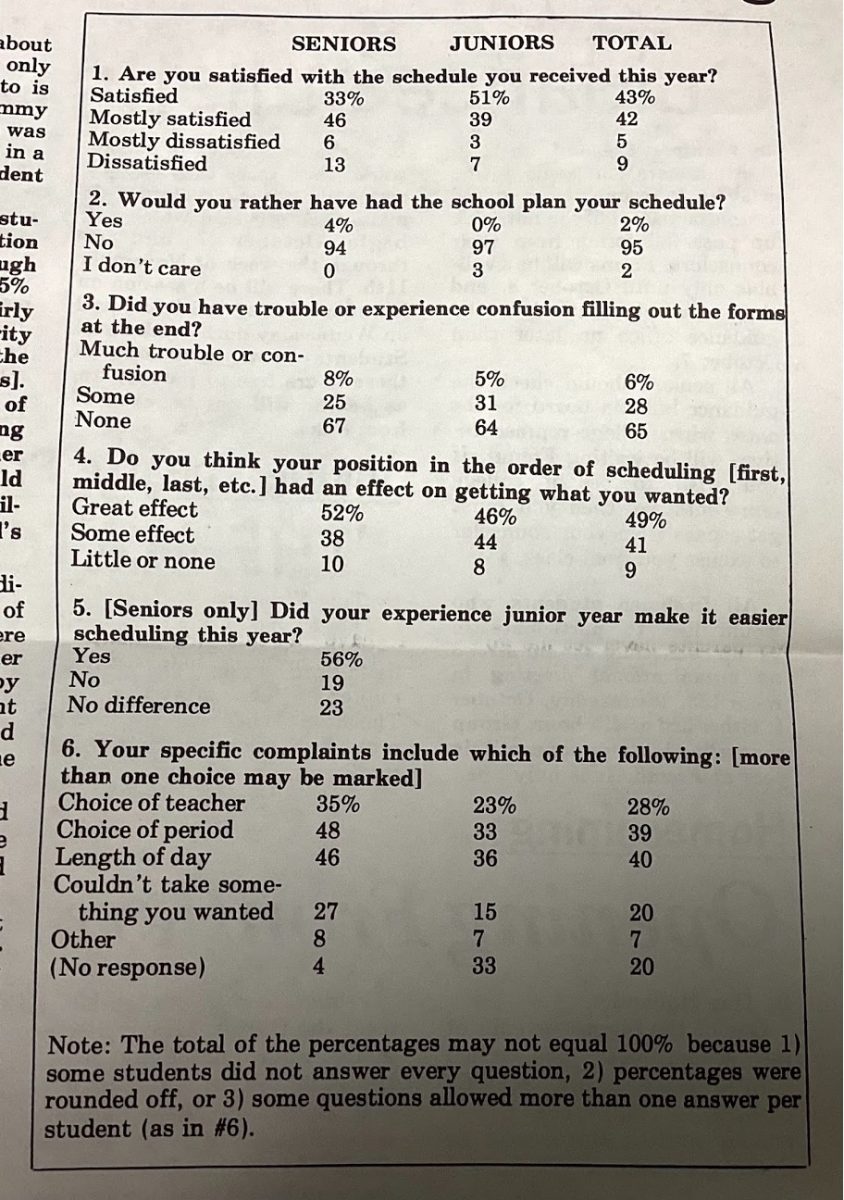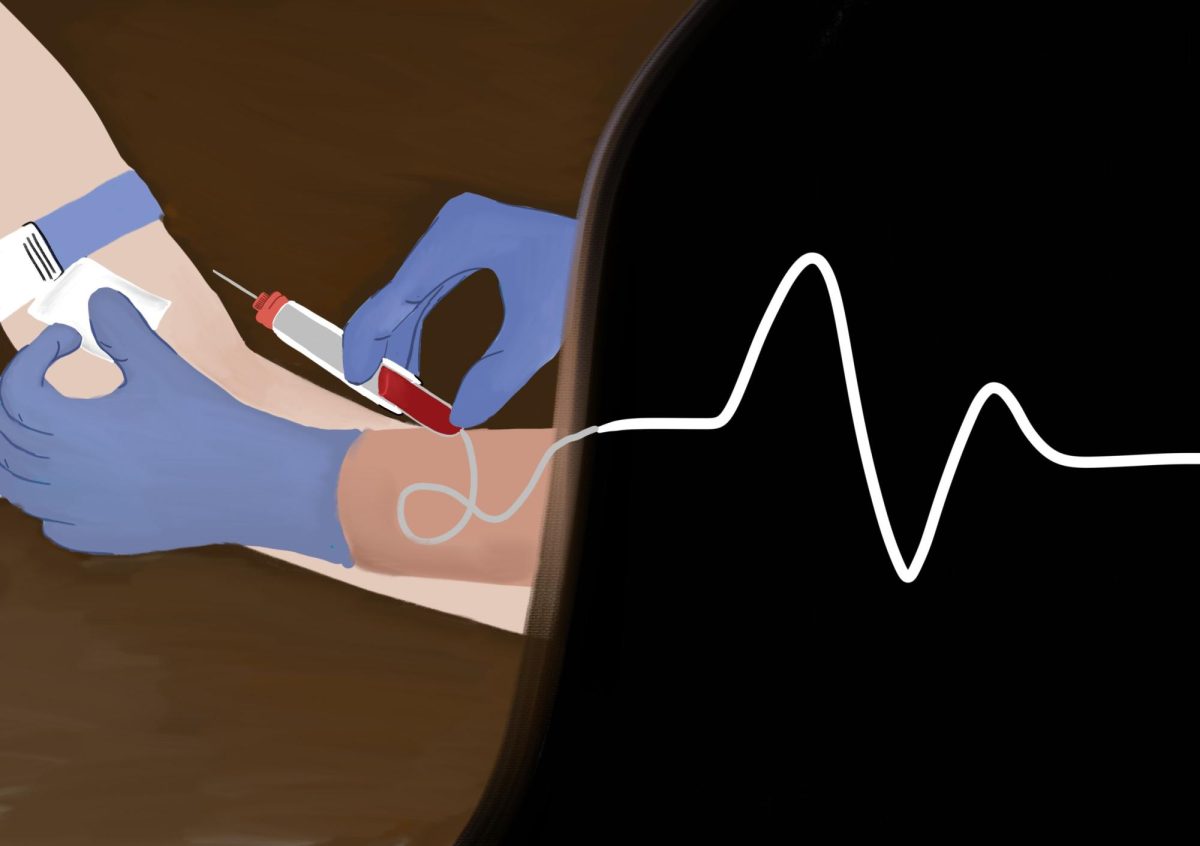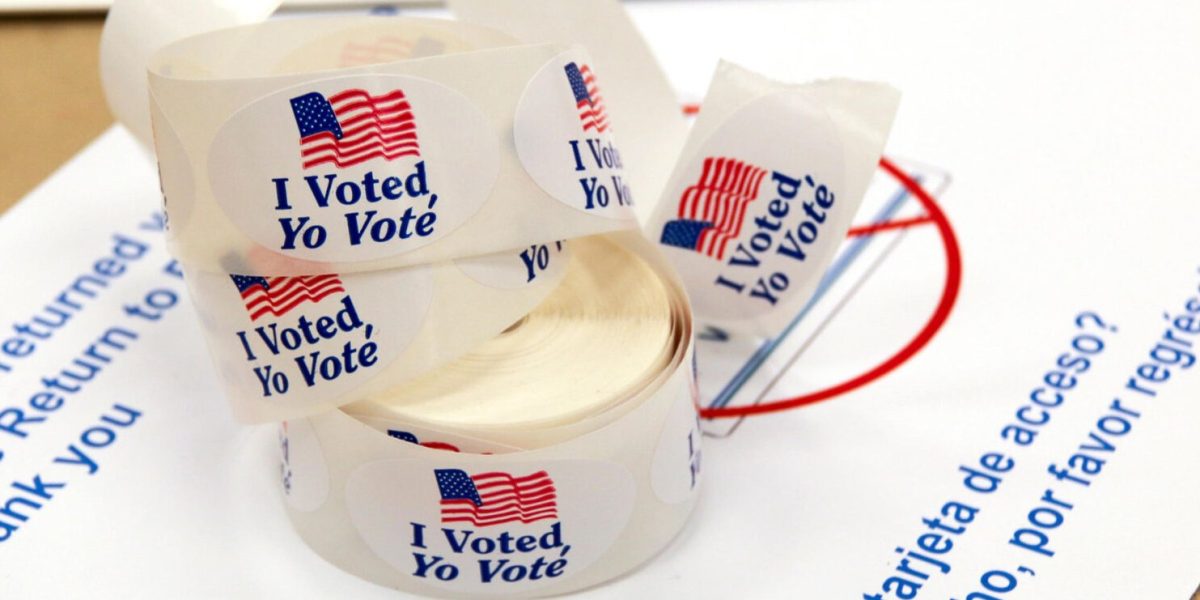Starting in the spring of 2024, the Scholastic Aptitude Test (more commonly known as the SAT) will become fully digitalized in an unprecedented change. Students internationally have taken the digital version of the SAT successfully, and other College Board examinations have been administered digitally. The final paper-based SAT will be held on December 2nd. Although the digital SAT assesses the same topics, the test format has changed.
The changes on the PSAT 8/9 this year have involved raising the maximum score from 1440 to a new maximum of 1520, altering the meaning of the scores on that exam. However, no such score changes will be made to the SAT. The College Board says that any score received on the digital SAT will be equivalent to the same score on the paper SAT, and the maximum score remains at 1600.
On the SAT, there will now be only two sections for math and reading and will last for 2 hours. The SAT will be held on the College Board’s Bluebook App. Each section of the SAT will be split into two modules or tests. The first module is at a set difficulty, while the second will change its difficulty based on the user’s performance on the first. There will still be a notable difference between reading and writing questions. Instead of having a few long passages with multiple questions per passage, this new section will have various short texts with one question each and increased questions about vocabulary. The math section will remain mostly unchanged except for more trigonometry questions, and a calculator will be allowed throughout the entire math section.
As a result of the SAT becoming digitized, students will be able to receive their results sooner, having a maximum of a 2-3 week wait. The College Board stated the changes were made because of the pandemic and to adapt “to meet the needs of students and educators.” The College Board believes the digital SAT is more accessible and flexible for students. Recently, a survey among international SAT test-takers in November 2021 found that more than 80% of students felt the digital version was less stressful than the paper version.
Theresa Koller, a Fremd English teacher who helps prepare students for the SAT Reading and English section, believes that most students would benefit from the digital SAT changes.
“I think it’s going to be very beneficial to students who do not like reading long passages. That was hard for kids to do on the old SAT paper,” Koller said.
Koller also believes that the changes would substantially increase SAT scores overall and recommends the after-school SAT program for preparation.
“We have two semesters of SAT prep. We started in August, and it is a 12 week program that meets every week for two hours. We go over tips on how to tackle the reading and English type questions on SAT,” Koller said.
Students can register for the January course on Infinite Campus and also email her or Mr. Grattoni, who helps with the math section, at [email protected] and [email protected].
In addition, the changes have rendered traditional SAT prep books ineffective, and the College Board has recommended some different resources. These resources include the Bluebook testing app and the digital SAT Khan Academy course (linked here). For more information, you can visit https://satsuite.collegeboard.org/digital/faq







